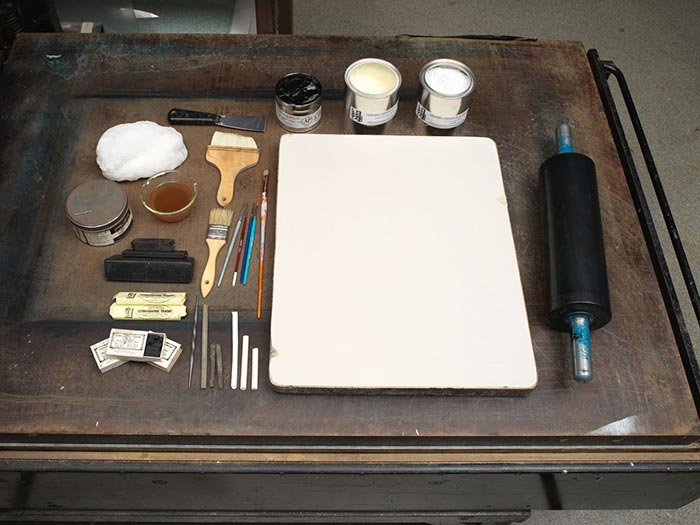The Great Fire of Chicago, October 8, 1871
Publisher Currier & Ives American
Not on view
Each year around the globe, massive fires claim too many victims --people and animals-- as countless homes, business properties, and wilderness areas burn out of control for days. This print depicts one of the most devastating fires in the history of Chicago, Illinois. In the first week of October 1871, an article in the Chicago Tribune noted a shortage of rainfall in the region and declared: "Everything is in so dry and inflammable a condition that a spark might set a fire which could sweep from end to end of the city." On October 8th, such a spark did set such a horrific fire which spread with remarkable swiftness before it was contained two days later. This Currier & Ives print presents a panoramic view of Chicago buildings ablaze with towering flames and billowing black smoke blowing from right to left, while escaping crowds gathered along the waterfront. The dramatic night scene at the peak of the fire is viewed from Lake Michigan [comprising the bottom half of the image], on which large and small sailboats and steamboats congregate. In the bottom margin beneath the image is a key identifying city place names and landmarks. The print's inscription indicates the extent of the subsequent damage, covering five square miles: the city's central business district, governmental buildings, rich and poor neighborhoods, hotels, railroad depots, churches, saloons, and so much more, were destroyed. In addition to the tragic loss of 120 known dead, numerous missing (and presumed dead), and 100,000 left homeless (approximately one third of the city's population), property losses were estimated at $200,000,000 -- a colossal sum for its day.
Controversy still surrounds the exact cause of this disastrous fire, although the most popular account (probably more myth than truth) blames Mr. and Mrs. O'Leary's cow, who kicked over a lamp that set afire dry hay stored in their barn (on de Koven Street located just southwest of the central part of the city). The resulting fateful fire spread quickly. Whipped by winds, the fire grew fierce; explosions from kerosene tanks in railroad yards exploded, thereby further fueling the flames. Brave firemen battled the blaze, but their efforts proved futile until rainfall helped to douse the fire on October 10, 1871.
The enterprising Currier & Ives lithography firm in New York City decided to capitalize on the public's curiosity about newsworthy disasters. Indeed, Nathanial Currier's first successful prints, after his firm began in 1835, depicted destruction caused by fires. During his career, Currier produced thousands of hand-colored prints in various sizes that together create a vivid panorama of mid-to-late nineteenth century American life and its history. People eagerly acquired such lithographs featuring picturesque scenery, rural and city views, ships, railroads, portraits, hunting and fishing scenes, domestic life, disasters and numerous other subjects, as an inexpensive way to decorate their homes or business establishments. As the firm expanded, Nathaniel included his younger brother Charles in the business. In 1857, James Merritt Ives (the firm's accountant since 1852 and Charles's brother-in-law) was made a business partner; subsequently renamed Currier & Ives, the firm continued until 1907.

